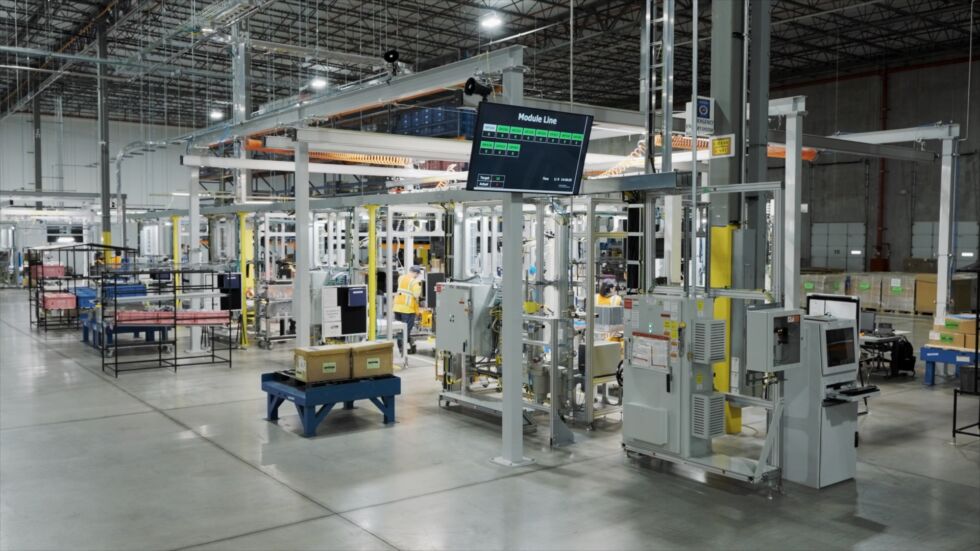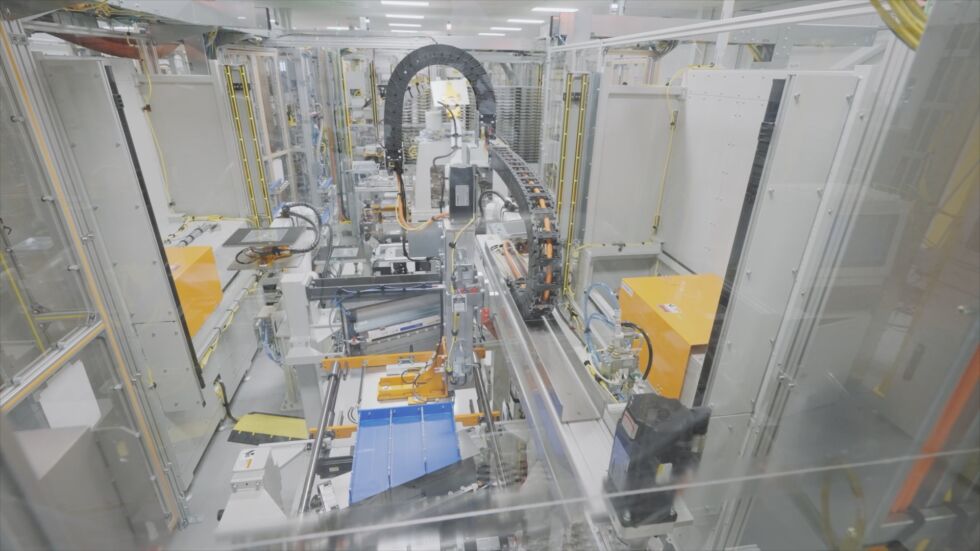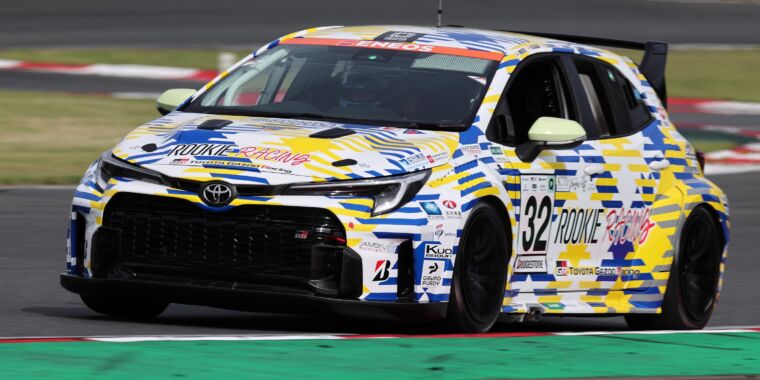GM/Honda
BROWNSTOWN, Mich.—Today, a joint venture between General Motors and Honda Motor Company, named Fuel Cell System Manufacturing LLC (FCSM LLC), officially started producing its one and only product—a fuel cell system—on a commercial scale. FCSM officially began in January of 2017 with an initial investment between GM and Honda of $85,000,000. Now, the 70,000-square-foot (6,500 m2) facility in Brownstown, Michigan, houses 80 employees and enough robots, clean rooms, and all sorts of high-tech equipment to make Ironman blush.
FCSM managing to build fuel cells quickly, reliably, and cost effectively is what’s new here, not the fuel cells themselves. And, according to Tetsuo Suzuki, vice president of FCSM LLC, that proved the biggest challenge. “Our fuel cell system consists of more than 300 individual cells [307 in total], each cell is composed of very expensive materials. If there is a defect in even one cell, the entire stack would be unusable,” Suzuki said. “Therefore, we designed all of our mass production processes with a zero-defect mindset.” Adding, “We introduced quality control into every process.”

GM/Honda
How to build a fuel cell
More specifically, each cell consists of several parts, starting with two different liquids that FCSM calls “inks.” One ink forms an anode, the other, a cathode. FCSM then pours each liquid onto a carbon-fiber paper, which it then heats to dry. It then precisely cuts these two different papers into shape and bonds them together to form what it calls a unitized electrode assembly, or UEA; the cathode on one side, the anode on the other. Both of the anode and cathode sheets are black, but the cathode sheet is gloss, and the anode sheet is matte.
Separately, FCSM precisely forms a thin sheet with specific channels for hydrogen and oxygen to pass through. It calls this sheet a bi-polar plate, or BPP. FCSM considers any further detail of the BPP proprietary and kept mum when asked about thickness, materials, and so on. The BPP and UEA then meet and bond together, forming one cell. FCSM does that 306 more times, stacks all of them tightly together in a case, uses more than a mile of sealant to keep it from leaking, and voila, one completed fuel cell leaves the line.
As all of that assembly takes place, 50 cameras monitor progress, constantly keeping an extremely close watch on each step of the process to ensure nothing gets contaminated. To that end, the few humans who do play a role here must first put plastic booties over their shoes and take an air shower, as this portion of assembly is a clean room. Before considered finished, each fuel cell completes a leak test, but using helium, not hydrogen. FCSM claims that helium pumped through the stack “at a certain rate” correlates to hydrogen, all without the risk of a highly flammable gas leaking in a manufacturing plant.

GM/Honda
Assuming it passes the leak test, FCSM finally submits the fuel cell to a roughly one-hour-long break-in procedure, which prepares it to start making power. Once completed, the fuel cell either goes next door to start life as a GM HydroTec Power Cube, or it heads to Honda’s Performance Manufacturing Center outside of Marysville, Ohio, to start life as a, well, “Fuel Cell Module.” Honda failed to name its version of the joint venture final product just yet.
FCSM did not divulge much about power outputs or other details. But according to Jay Joseph, vice president of sustainability and business development at Honda, “These systems are modular. We can add 250 kW with each additional module.” That gives us a good foundation to work with.
Once each module or Power Cube leaves FCSM premises, this GM and Honda co-owned, co-developed product starts to compete with itself. Despite both brands speaking highly of each other and this technical partnership that began in 2013, both brands look to pursue similar lines of business.
But, at least to start, we need not worry about too much friction between these alternative energy-seeking partners.




